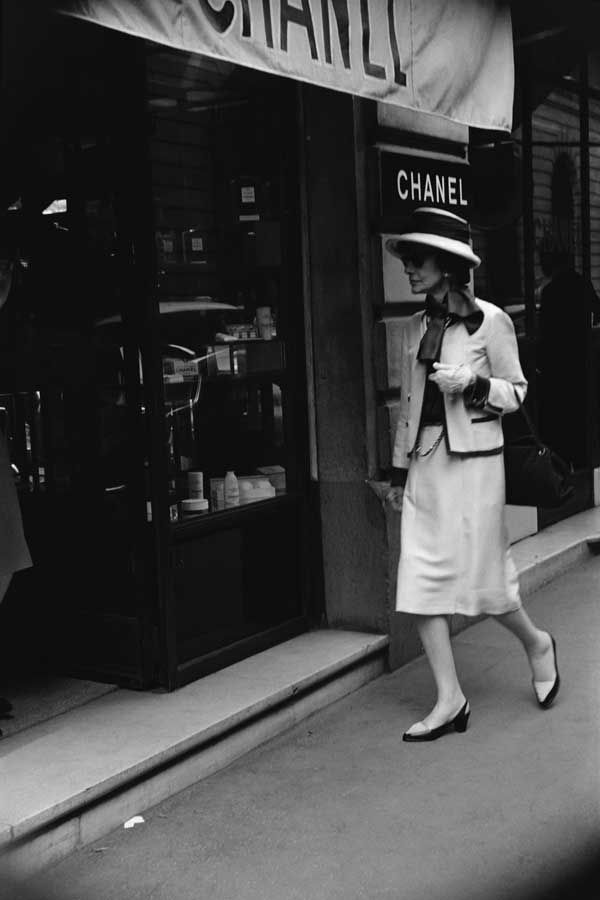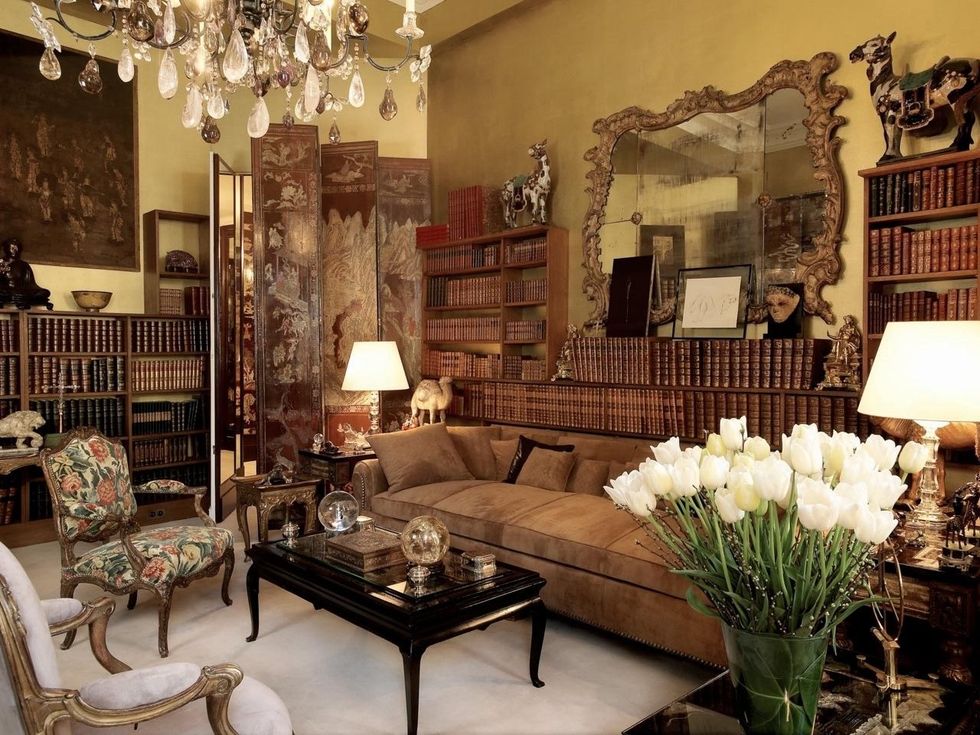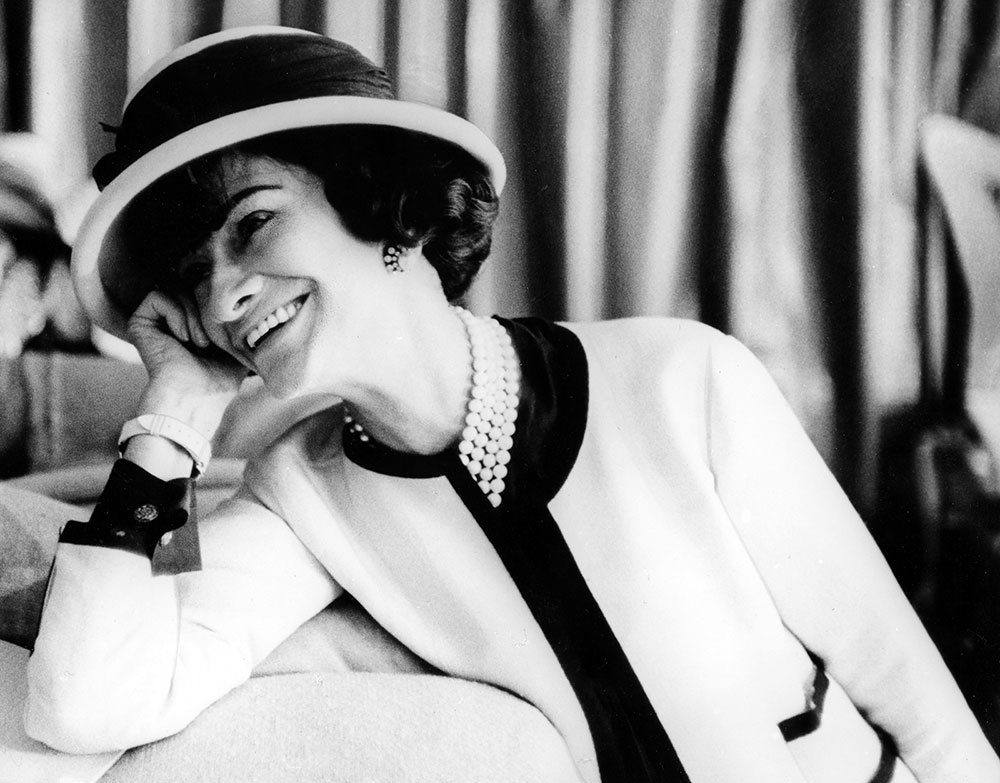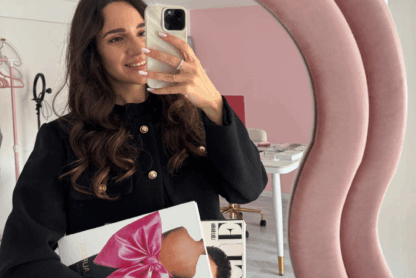Welcome to 25 days of fashion! A new series to let you discover more about fashion during the Christmas holidays! Running from Dec 1st to the 25th we will publish a new article everyday with curiosities about the fashion industry, career tips, the history of fashion designers and more but also gifts for you! Stay tuned and make sure you visit glamobserver.com everyday to read the latest articles and know how to win your fashion gifts! You can even subscribe to our newsletter to receive weekly recaps and not miss any news plus gifts!
Welcome to Day 9: History of Designers: Gabrielle Coco Chanel
Gabrielle ‘Coco’ Chanel was the charming, endearing icon who founded the most famous fashion house to date. The captivating, luxurious lady of the 1920’s was known for her famous bob, always wearing her pearls, changing women’s fashion forever and her unconventional, ground-breaking perspective on stereotypes of the 1900’s. A revolutionary woman who brought luxury to poverty and twisted textile traditions, led the way for many designers today.
Chanel’s most influential decade was the 20’s where she liberated women from fashion. She created a classic sophisticated look for all classes, she revolutionised the way we got dressed, creating durable, moveable, affordable clothes while closing the social gap. She was the first of her kind, outstripping that of rivals such as Dior or Balenciaga. She had the profound ability to read the times and the ways they evolved around her, much before anyone else could.
However, her uttermost success in the luxury couture sector was not handed to her. Chanel’s childhood could not have been further from the luxury glitz and glam. Gabrielle Bonheur Chanel was born into poverty in 1883. Her mother sadly passed away when she was only 12 years old, after which her father left her to grow into a young woman at an orphanage. The younger days of Chanel are not entirely confirmed, growing up in the last years of the 19th century in rural France, the lives of the poor were rarely documented. It is known that life in a strict catholic institution led Coco Chanel to rebel against discipline and to take control of her own life. It was also said it was within the orphanage she first ever learnt to sew. The tale of her renowned nickname ‘Coco’ comes from one of her early jobs singing in a local café, although it is unclear some say the nickname came from a song she often sang there.
Her career began before her eyes as she began working as a seamstress at Moulins, when shortly after she met the one and only love of her life; Arthur ‘Boy’ Capel. As a popular, beautiful young lady she effortlessly caught the attention of prosperous men. The two shared life’s passions together, he supported her in opening her first shop after taking her to Paris. Where she quickly gained the hearts of the wealthy women of the fashion capital. She soon learned how the wealthy lived, talked and dressed. As her success grew she moved from her first store at 21 Rue Cambon to the iconic 31 Rue Cambon in 1918, the building that is still synonymous with her to date. She lived and worked in the cherished Cambon building until the date she died in 1971, the place has remained unchanged ever since and you can walk by the untouched establishment still in the streets of Paris. The famous mirrored staircase leading down from her apartment into the boutique is even still preserved as the spot she once presented her collections.


Coco Chanel revolutionized women’s fashion in her career that began and ended at 31 Rue Cambon, creating timeless looks we still wear to this day with her simplistic feminine style. A designer who changed the way we look at women’s fashion from silhouettes to fabric choices forever, she had a huge impact that even influences the way we dress today. Coco even transformed the way in which we get dressed, she was the first to design a garment you pull over your head, eliminating effort for women and freeing them of lace and buttons. She was also known for her enjoyment in accentuating women’s sensual parts of their body by adding detail onto the hip, neck, or shoulder. From this she created the self-tying bow, so women had the freedom to style the dress however they pleased for the first time in history. She was the first of her kind to truly reshape and reinvent the way women dress. Who knows, without her we may still be in corsets and buttoning up all our tops today!
Chanel not only forever changed how we got dressed but she began to eliminate the social class divide. She wanted to make fashion more accessible to reach people with all budgets in all classes, as one of the first designers to use cheaper fabrics including jersey to give all women access to her clothes. This was seen as a radical move at the time, as this was the first time women of all classes could emulate an idolised style without their fashion pinpointing them to a certain class. She also was the first to introduce costume jewellery creating the idea of mix and match from designer and cheaper jewellery. Chanel created a new normal in society breaking down the social class barrier to how we live today, with people of any class wearing high street clothes and designer capsules. Gabrielle Chanel also had her heart set on helping women to feel liberated in their clothes and giving them the freedom to move. Coco herself once said ‘luxury meant being comfortable’ as she freed women from the corset, society embraced the women who had given them comfort.
The one stand-out, iconic piece we all cannot imagine a world without today, was actually created by the one and only Gabrielle Coco Chanel. Inventing a whole new concept, the little black dress became the epitome of style and class and is an essential in every woman’s wardrobe today. When reinventing the women’s wardrobe, she created a basic staple to dress up or down, the first of its kind not to be labelled as evening or day wear. Ahead of her times, this move again was seen as radical and shocked society, as black was once only a colour worn to funerals, it was absurd to wear anywhere else at the time. However, her colour choice was no mistake, Chanel hated bright colours and saw them as loud, her love of black and white originated from the décor of the orphanage she grew up in. She was actually the only designer of her time to use one colour in one garment only, as she was all about creating a streaming silhouette to create a wearable sophisticated look for women.

As a classic designer ahead of her time, Chanel created more than just the iconic LBD. The two-piece with no collar that became the original power suit. Chanel’s creation of the knitted suit has stood the test of time, still being a staple piece in every Chanel collection to date. The iconic tweed suit was discovered on one of Chanel’s frequent trips to Scotland, where she first laid eyes on the traditionally masculine fabric. Her passion for feminizing tweed by implementing new colours and textures to the then underutilized fabric took the fashion world by storm. Her innovations truly had no limits, Chanel solely valued women to have clothes as comfy and freeing as men while exuding elegance, her drive was clear to society.
Chanel dominated the 1920’s with her innovations and clear vision for women. After designers faced the impact of WW2 the fashion capital’s boutiques closed their doors, unsure if they would ever return. Coco Chanel made her comeback at the unprecedented age of 71 in the 1950’s. She even went on to create the distinguished iconic 2.55 bag, the famous quilted, functional handbag that first allowed women’s hands to be free. The revolutionary designer never stopped trying to make women’s lives easier. After facing some backlash and negativity around her age she continued to thrive until she passed away in 1971 after a hard day’s work. Since her time, more words have been written about her than any other fashion designer of the 20th century. Her unique sense of timing and ability to seize the moment was the key to her success, she gave women freedom of restricted clothes and inspired them to wear what they wanted and be comfortable just as a man would. Her chic style will live on forever, as the most celebrated fashion designer in history her relevance will always be appreciated, while her brand lives on as a world leading luxury house. Being a young woman who always stayed true to herself and her values in a society run by class, she will always be an iconic idol whose designs stood the test of time like no others.
Want to learn more about the history of fashion? Register for our free webinar on the history of fashion capitals









